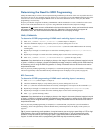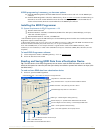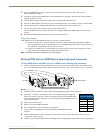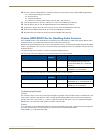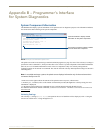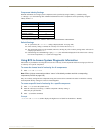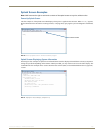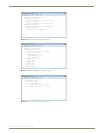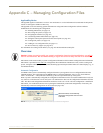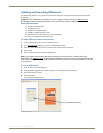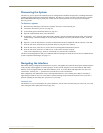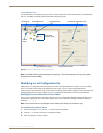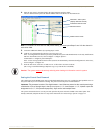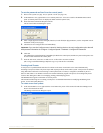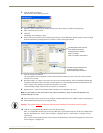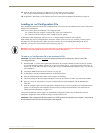
Appendix C – Managing Configuration Files
110
Instruction Manual – HDMI-UTPRO-0808
Appendix C – Managing Configuration Files
Applicability Notice
This appendix applies to XNConnect version 2.10.0. XNConnect’s version information is located under its Help menu.
Version 2.10.0 supports full Device Discovery.
This appendix covers the following general information on using XNConnect configuration software and basic
modifications for customizing the configuration:
Installing XNConnect (see page 111)
Discovering the system (see page 112)
Navigating the interface (see page 112)
Customizing channel names/labels (see page 113)
Setting the control panel password for the control panel (see page 114)
Creating local presets (see page 115)
Loading an .xcl configuration file (see page 117)
Device Discovery support (see page 118)
For information on creating virtual matrices, see page 119 and the XNConnect Help file.
Overview
XNConnect can be used to modify a system’s configuration information which contains routing and control information.
XNConnect is provided at www.amx.com. Configuration file modifications include basic tasks, such as creating local
presets, setting the control panel password, and customizing input and output channel names for control display (e.g., in
the APWeb interface).
Automatic Configuration
An HDMI UTPro system is automatically configured when the system generates its own configuration based on the
installed hardware. The configuration of the HDMI UTPro is constructed internally with a set of 2 virtual matrices,
VM 0 = all and VM 1 = video (which are identical), by the CPU upon initial boot up of the system.
When a system is automatically configured, the configuration information can be accessed for modification in only one
way since an .xcl file does not exist for the system. Use XNConnect to discover the configuration information from the
CPU. The discovered configuration information can then be saved as an .xcl file. After the configuration is modified in
XNConnect, it is loaded back onto the CPU (replacing the automatically constructed configuration). If necessary, the
automatically constructed configuration can be restored (see page 118).
Caution: Unless you need to modify your system's configuration from the original specifications, you will not
need to use XNConnect. We recommend making a copy of the current file every time the file is modified.
FIG. 75 Example of discovery information for automatically constructed configuration
When discovered, an automatically
constructed configuration does not show
a file name



